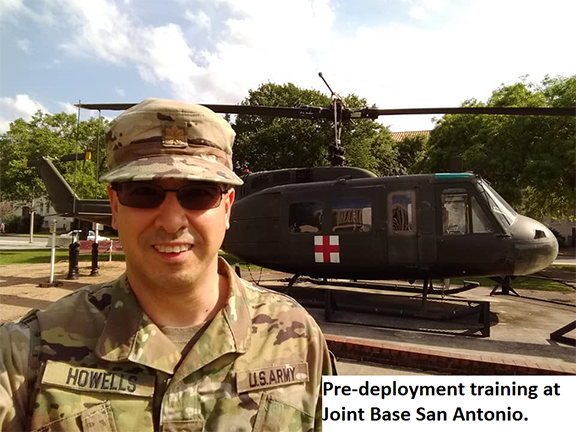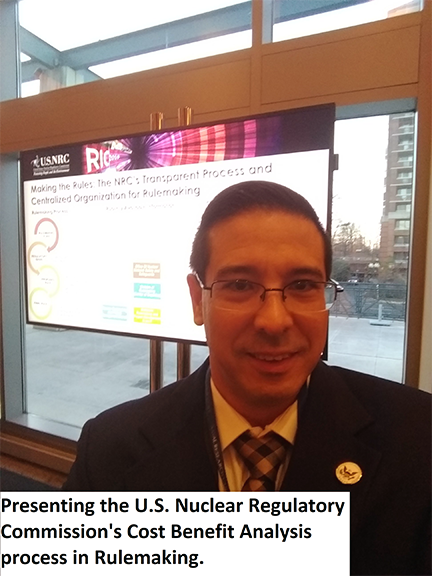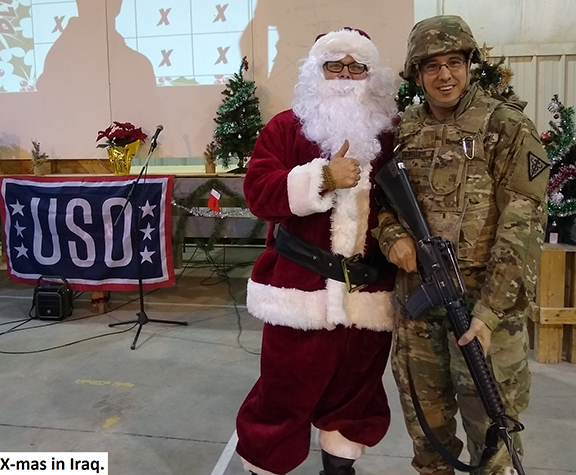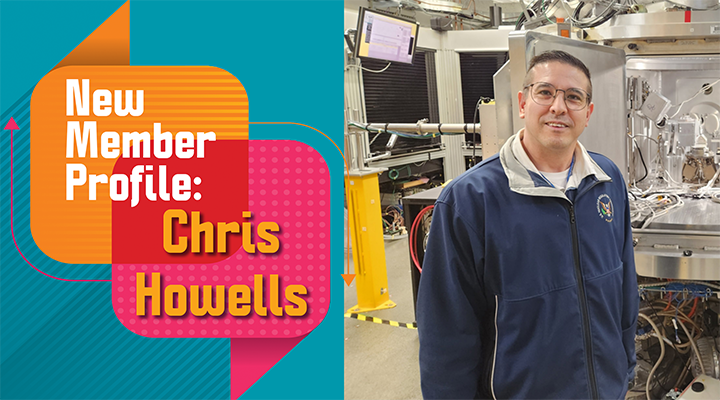Meet Chris Howells
Where are you from, and where did you go to school?
With my dad taking on various assignments with the Army Corps of Engineers worldwide, I lived in many places, so I can’t call a specific place home. I’ve lived in South Korea, Japan, New York (where I was born), Los Angeles, and San Francisco (where I completed high school). I completed my BS in Physics at San Francisco State University and my MS in Engineering Physics at George Mason University.
What’s something about you (a fun fact) that not many people know?
I’m a Nuclear Medical Science officer in the U.S. Army Reserve and have been in for about 21 years. In this capacity, I protect service members from nuclear radiation exposure. Although the Army Reserve is a part-time job, I’ve made a great career out of it. I plan to retire from the Army Reserve next year.
Also, not many people know that I hold an AACE CEP certification.
Where do you work?
I work (full-time) at the US Department of Energy in the Office of the National Nuclear Security Administration (NNSA). In this occupation, I’m a federal cost analyst and lead the development of independent cost estimates for capital projects and life extension programs that support the nuclear security enterprise.
What do you love most about your job?
I get to work on challenging and unique projects that serve an important role in safeguarding national security through the application of nuclear science.
Do you have a project story to share?
Scope growth has been a topic of interest at the NNSA because projects have historically tended to cost more than they were estimated to cost early on. A work-in-progress is currently going on to understand better how project scope can grow and thus increase the total project cost over time.
What are your future goals and aspirations for your career? Did someone inspire you to be on this career path?
My future goals would be to learn the R and Python programming languages, which are good for processing and analyzing large data sets. I believe that as cost data increases, learning to use the tools capable of processing massive amounts of data will be necessary. MS Excel is great but, unfortunately, has some limits on processing large datasets.
I became a cost analyst by accident, whereas before that, I was a physical scientist for the Army (as a federal civilian) in the 2000s. My office at that time was impacted by the Base Realignment Closure Act of 2005, a congressionally authorized process to increase the efficiency of the US Department of Defense. As a result, that office was slated to move to a new location about 65 miles away from where I live in Washington, DC. I could not handle a four-hour daily commute, so I applied for other jobs closer to my residence and was hired as a cost analyst for another Army office. I remained a cost analyst since 2009 and served in this capacity through three other federal agencies – the Department of Navy, the Nuclear Regulatory Commission, and the Department of Energy. I’ve enjoyed being a cost analyst ever since.
What is the biggest career challenge you’ve had to overcome? What’s been your favorite or most memorable moment of your career?
My biggest challenge was learning to complete Earned Value Management (EVM) analysis on projects and brief the results simply so that all stakeholders can understand where a project is on cost and schedule. The concepts of EVM, such as Budgeted Cost for Work Performed and Budgeted Cost for Work Scheduled, can initially be abstract, but through some training and good mentorship, this abstraction can easily be overcome.
The most memorable moment in my career was temporarily exiting my cost analyst career due to a military deployment. I was deployed to the Middle East for about nine months, where I had to complete radiation safety audits and x-ray surveys at various forward operation bases across the Middle East. This deployment resulted in travels to many parts of the Middle East, where I visited Qatar, Kuwait, Jordan, Afghanistan, and Iraq. My office at the time (Nuclear Regulatory Commission) was very supportive during my deployment, making my time in the Middle East easier.
Why did you join AACE?
I joined AACE to gain access to its many cost-estimating resources and obtain the latest news in the cost-estimating community. I joined believing access to this information would help me (or anyone) become a better cost analyst.
What do you like most about being an AACE member? Or What’s your favorite part of being an AACE member?
Members can access many of AACE’s cost-estimating best practices at no cost and receive discounts on AACE-sponsored conferences, seminars, and certification exam fees.
What advice would you give to someone who wants to enter the field?
Ask questions about the project you are estimating. If you are not good at asking questions, I offer another piece of advice – take some time to think about the project you are estimating, and good questions should come naturally. Asking good questions about the project will help you better plan your estimating process and develop a more defensible cost estimate. I’ve also found that asking good questions generally helps avoid future problems arising when you plan to do anything. E.g., remodeling your home or going on vacation in a strange place.




Rate this post
Click on a star to rate it!
Average rating 5 / 5. Vote count: 9
No votes so far! Be the first to rate this post.

